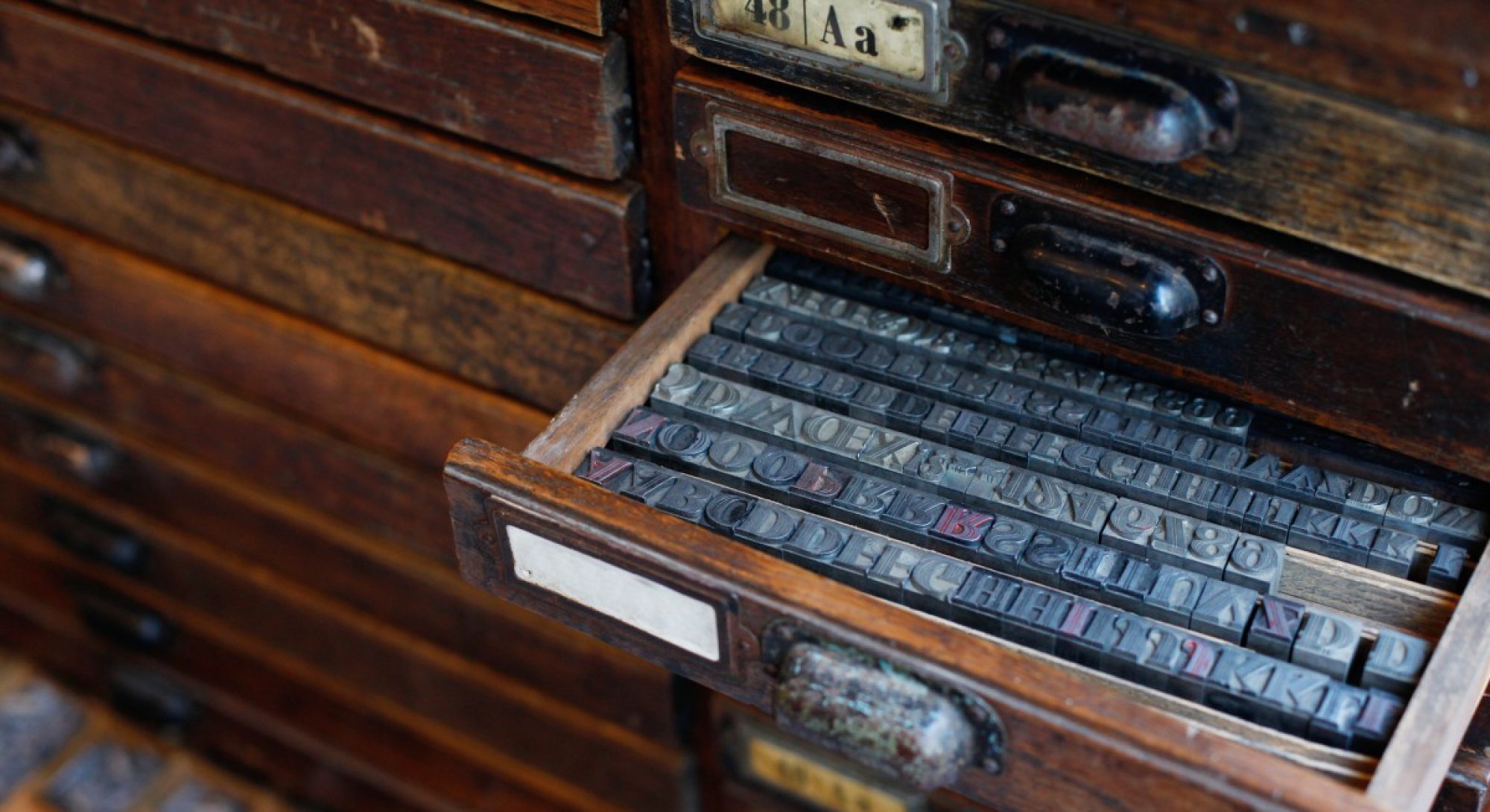The last day of class is Monday, May 20th. This is the day the magazine spread project is due. To offer a bit of clarity, here is an example of what you should plan to submit:
- The magazine project is a total of five (5) InDesign pages all together: 1 magazine cover + 4 page magazine story.
- The 4 magazine pages should be printed as 2 spreads.
- A spread is 2 facing pages of a magazine.
- The InDesign pages are 8.5″x11″. When they together as a spread they will be 11″x17″.
- Save your final file as PDF spreads. Name your file properly. Ex.: COMD1127_BrownM_magazine and add it to the Google Drive folder that will be set up. DO NOT use cropmarks in your PDF file.
- You will print out your magazine project in COLOR. The cover will be 1 single page of 8.5″x11; the 2 spreads will print on 11″x17″ pages.
- You will submit both the PDF and printed versions.
- See the examples below.



Continue reading “Magazine Project Due – Final Instructions”










